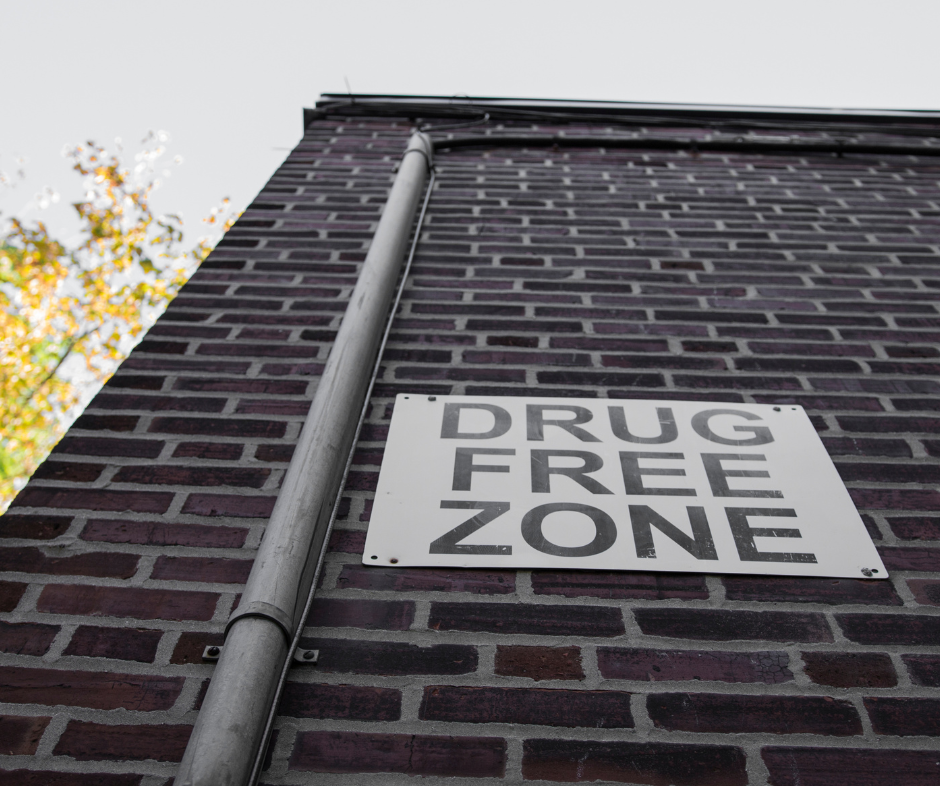The Importance of a Drug-Free Workplace
Drug and alcohol abuse are nothing new – in fact, due to issues with substance abuse in the military, President Reagan signed the Drug-Free Workplace Act into law in 1988, requiring Federal employers and contractors to certify that they will provide a drug-free workplace as a pre-condition of receiving Federal contracts or grants. States soon began adopting similar policies, sending a clear message that substance use in the workplace is prohibited and encouraging employees with addictions to voluntarily seek help.
Alcohol and drug abuse costs businesses $81 billion each year in lost productivity. While prescription abuse and illicit drugs are a major issue, alcohol is the most widely abused drug among working adults – 6.2% of workers are heavy drinkers.
Substance abuse in the workplace can have major negative impacts, including endangering employee health, safety, and morale, reducing job performance and productivity, and damaging the organizational image and community relations. Here are a few statistics:
- Workers with alcohol problems are 2.7 times more likely to have injury-related absences.
- 11% of workplace fatalities showed recent alcohol consumption.
- The U.S. Department of Labor found that alcohol or drug use contributed to 65% of on-the-job accidents.
- Heavy alcohol or illicit drug users are more likely to have skipped at least 2 days of work in the previous month.
- Workers who report heavy alcohol or illicit drug use are more likely to have worked for at least 3 employers in the previous year.
- Accommodations, construction, and food services have the highest reported prevalence of illicit drug use, with 16% of construction workers reporting heavy alcohol use in the previous month.
According to SAMSHA, an estimated 15.5 million employed individuals admitted to illicit drug use. Disruptions and accidents in the workplace resulting from substance abuse not only endanger the impaired individual, but also co-workers, employers, partners, and customers.
Why Go Drug-Free?
Drug-free workplaces are proven to have a positive impact on the bottom line, as well as on the employees themselves. Here are a few benefits:
- Employee morale is better: Drug-free employees miss fewer days, have fewer work-related injuries, are more productive, and have a better attitude towards management through worker appreciation and support. They want to work where they feel safe and that management cares about their safety.
- Your team is safer: According to the U.S. Department of Labor, drug-free workplaces are 35% less prone to on-the-job accidents. In addition to having fewer workplace accidents, Drug-Free Workplaces get worker compensation discounts on insurance premiums that can add up to thousands of dollars.
- Fewer accidents mean lower costs: According to the National Council on Compensation Insurance, the average cost of a workplace injury is $40,000. However, the total cost can be much more when taking into consideration indirect costs, which may include training, property damage, accident investigation, insurance increases, and so on. The combination of direct and indirect costs brings the average cost of workplace injuries up to $120,000. For companies operating at a 10% profit margin, this translates to an additional $1.2 million in sales to pay for the injury.



